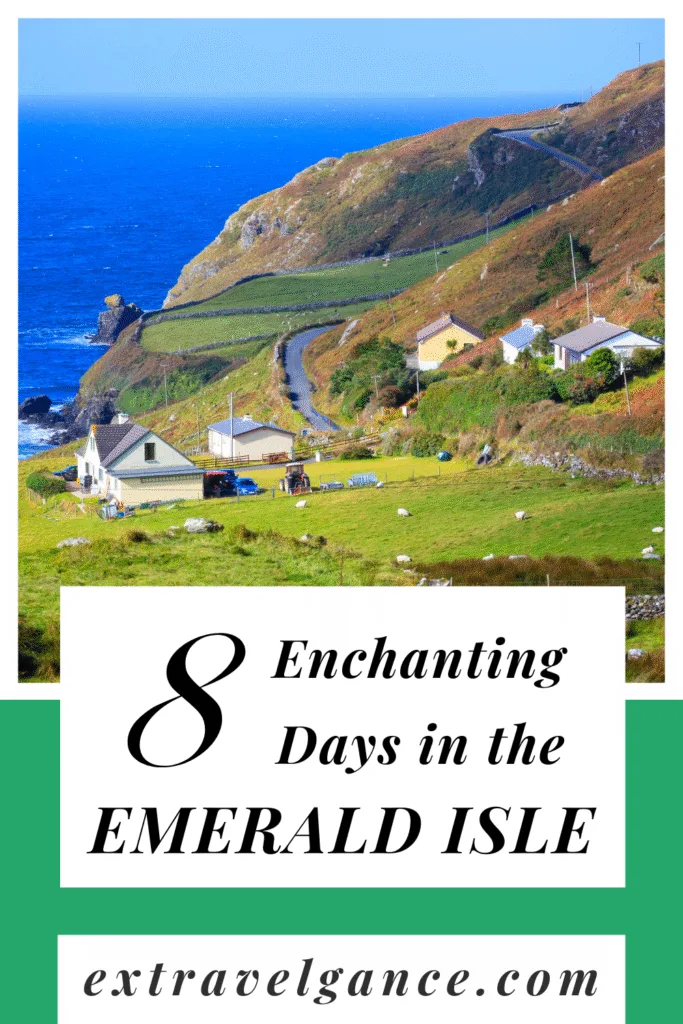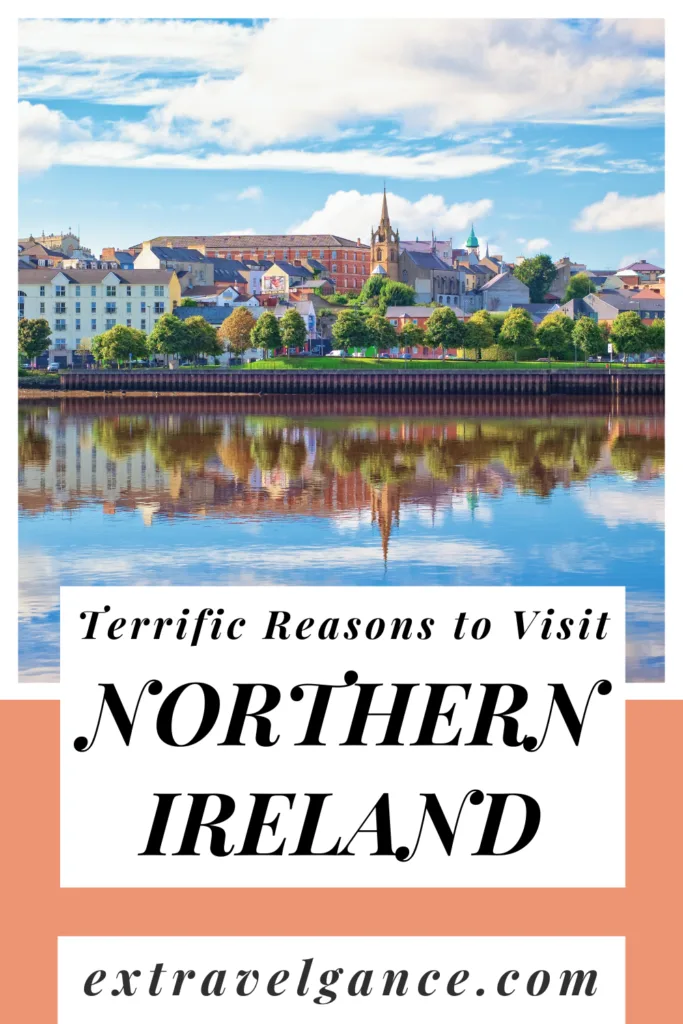
The Wild Atlantic Way is a legendary scenic drive route running along the entire west coast of Ireland. It stretches 1,500 miles from Donegal in the north to Kinsale in the south. To drive the whole route and see all the best sites, plan to spend about two weeks.
Unfortunately, most of us don’t have two weeks to spare on our Ireland vacations! So here are some great sites you can see along the route during a one-week Ireland/Northern Ireland itinerary that circles the entire island. These sites are located between Derry in the north and Killarney in the south.
Note: we may earn a commission from the affiliate links below.

Sligo
Sligo is one of the most picturesque towns in Ireland and was immortalized in many poems written by William Butler Yeats. Despite this, it is less touristy and feels a little more off the beaten path. It’s set in a stunning landscape. Standing as a beautiful background for the city is Bengulben, a mini Table Mountain (like the famous one in Cape Town, South Africa). Hikers will enjoy taking the easy 3.5 mile Gortarowey loop trail providing terrific views of the mountain. Another great hiking experience is hiking to the top of Knocknarea mountain to visit the mythical Queen Maeve’s Cairn.

Another outdoorsy activities in the area is visiting the Glencar Waterfall cascading 50 feet into a lush glen. If you enjoy great waves and stunning sunsets, go to Strandhill Beach. And soak your aches and pains away in heated seaweed at Voya Seaweed Baths.
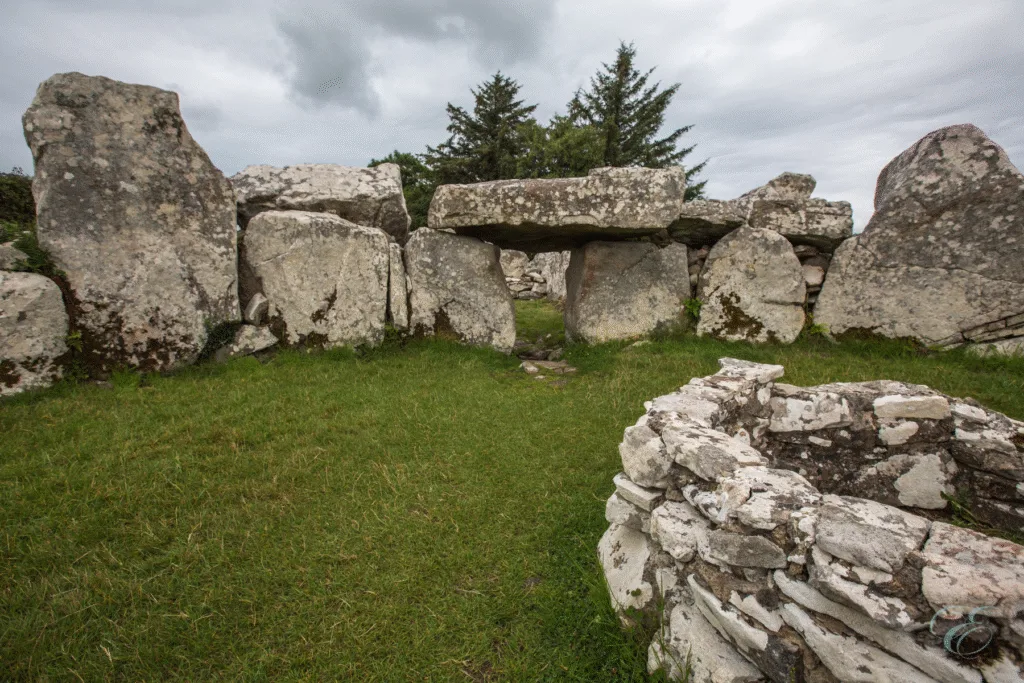
There are great historical sites to see in Sligo. The Carrowmore Megalithic Cemetery has more than 30 tombs dating back 6,000 years. The 13th century Sligo Abbey is a Dominican friary featuring gorgeous ruins and carved tombs. And fans of the poet Yeats will want to visit his grave at Drumcliff Churchyard.
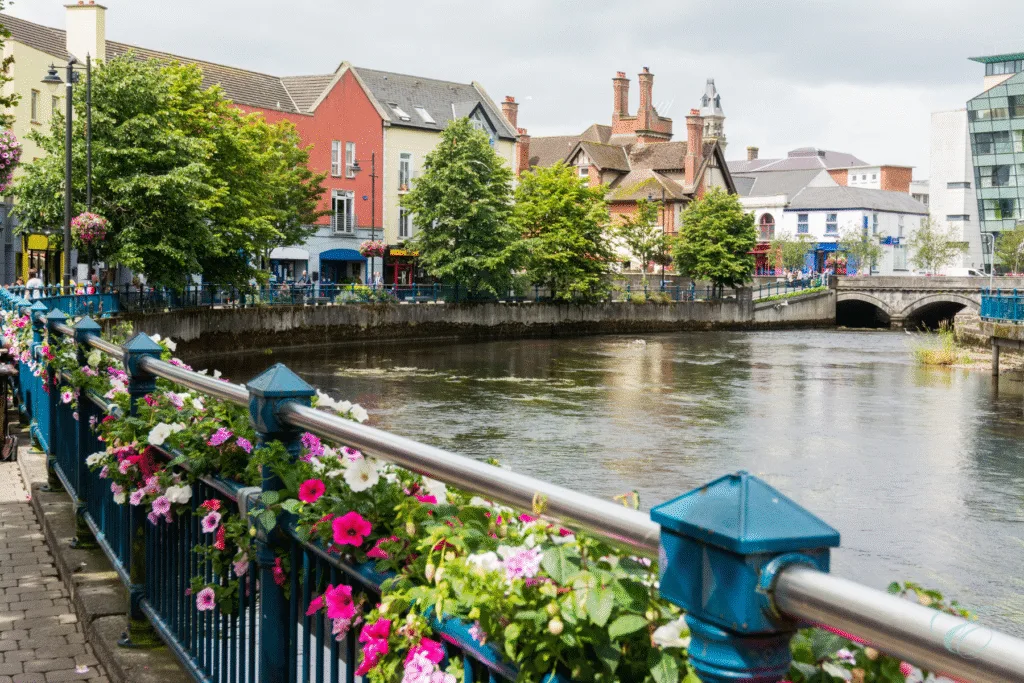
Even if you only have time for a quick stop, Sligo town is a great place to take a break. There are terrific pubs, cafes, boutiques, and more. If you have a little extra time to linger, visit The Model Arts Centre to see its Yeats collection and other exhibits.
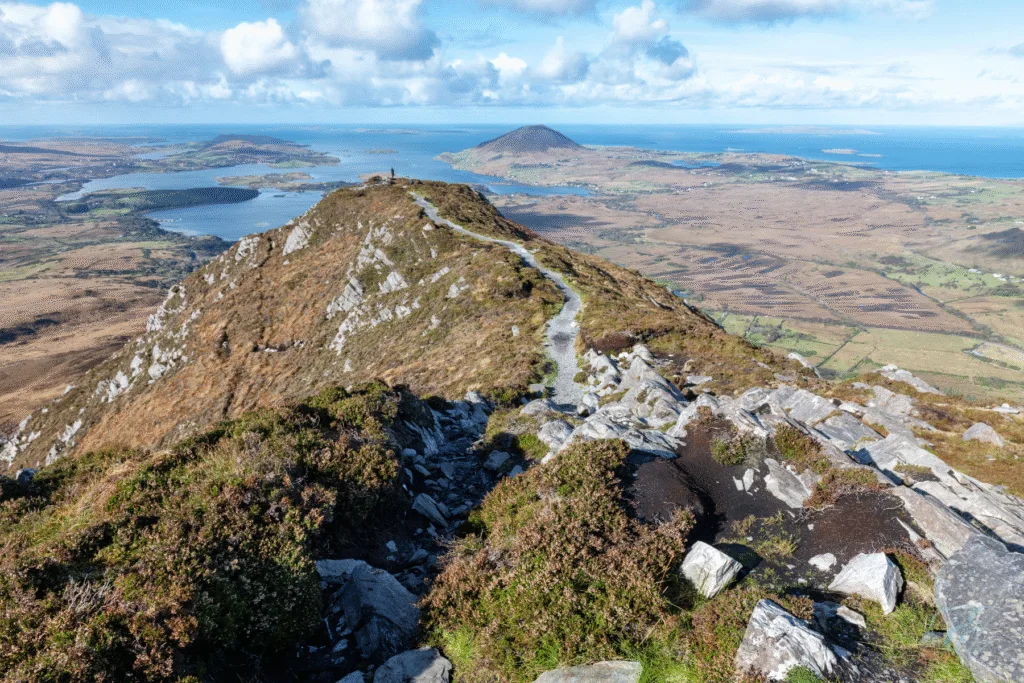
Connemara National Park
Another not-to-be-missed site along the Wild Atlantic Way is Connemara National Park. This gorgeous area has rugged mountains, boglands, and fantastic ocean views. Hikers will love the 360 degree view from Diamond Hill from the strenuous Upper Trail. If you aren’t quite up for that type of hike, you might enjoy the moderate Lower Trail. Both trails start at the Connemara National Park Visitor Centre where you will also find information on nature trails as well as local ecology, history, and culture.
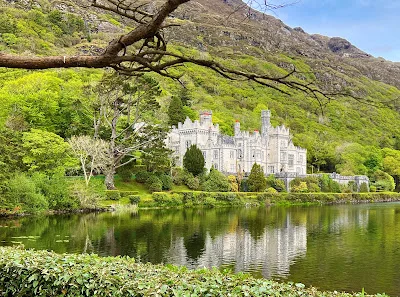
There are several other interesting sites in the area. Connemara National Park was once the part of the Kylemore Abbey Estate. Built in the 1860s, the Abbey was once a manor house and is now home to Ireland’s only community of Benedictine nuns. The house is gorgeous and explains the tragic history of its owners, both the people who built the manor house and the Benedictine nuns who now live there. Killary Fjord is the only glacial fjord in Ireland. Take a 90-minute boat tour to see even more of this amazing section of the Wild Atlantic Way.

You really don’t even have to leave the car to enjoy the jaw-dropping scenery of Connemara. Take one of the scenic drives: Sky Road, Inagh Valley Drive, Bog Road, or Connemara Loop. Keep your eyes peeled for the famous Connemara ponies roaming through the area. You also often see red deer, otters, rabbits, and birds.
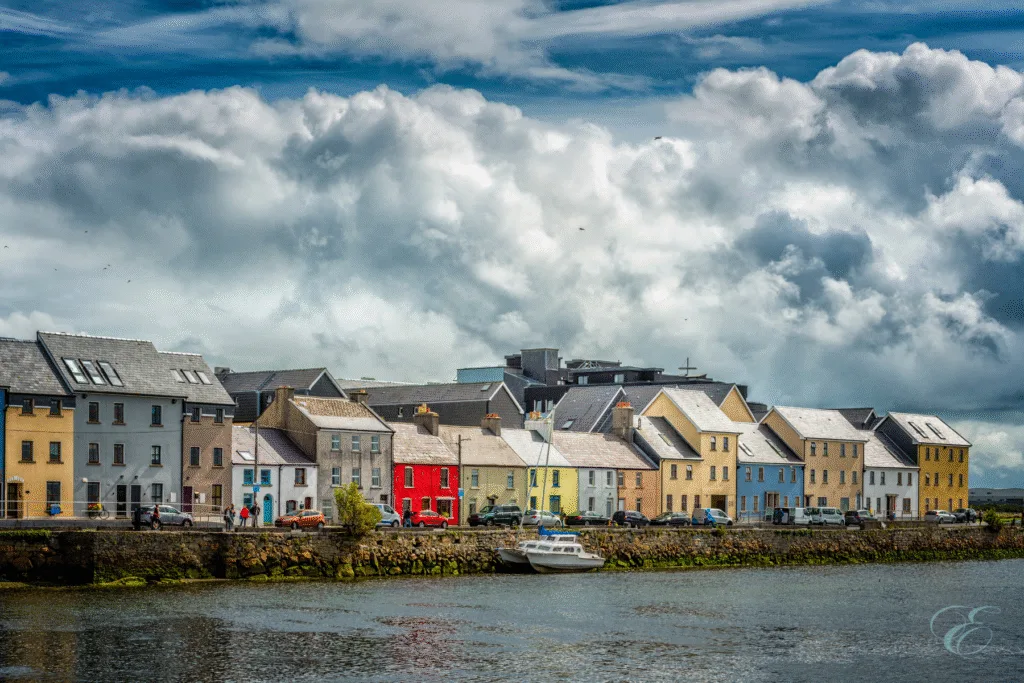
Galway
Galway is the largest city on the Wild Atlantic Way and is a great place to base yourself for further exploration of the area. But you will want to allow some time to explore the town and especially to appreciate the lively nightlife. If you are interested in learning more about the city, visit the Galway City Museum located by the famous Spanish Arch. Then stroll along the Long Walk along the River Corrib. Other must-see sites include Lynch Castle and Saint Nicholas Church,
End your exploration in the Latin Quarter. Here you will find cobbled streets, colorful pubs, and great shops full of Irish wares. Look for a pub that hosts traditional Irish music. If you are lucky, it will turn into a full-blown ceilidh (Irish dance party).

The Burren
The next stop on our tour of the Wild Atlantic Way is The Burren. It’s likely you will drive through The Burren on your way to the Cliffs of Moher to Galway. The Burren is very different from the terrain you see in the rest of Ireland. It looks like you are driving through the surface of the moon! What you are seeing is a landscape of cracked karst limestone covering a vast surface area.
The limestone you see formed under tropical seas 330 million years ago. Today it features a unique mix of flora with plants from the Alpine, Artic, and Mediterranean growing side-by-side. The biodiversity is amazing – 70% of Ireland’s native plant species can be found here.
Though it’s likely you will just drive through The Burren, if you have some extra time there’s plenty of great things to do. You can visit Poulnabrone Dolmen, a tomb dating back to 3,000 BCE. There’s some great hiking trails in Burren National Park. At the Aillwee Burren Experience, you can visit one of the oldest caves in the country and see a show at the Birds of Prey Centre. Along the way, you will discover farms and artisan shops such as the Aillwee Farmshop for Burren gold cheese and the Burren Perfumery.
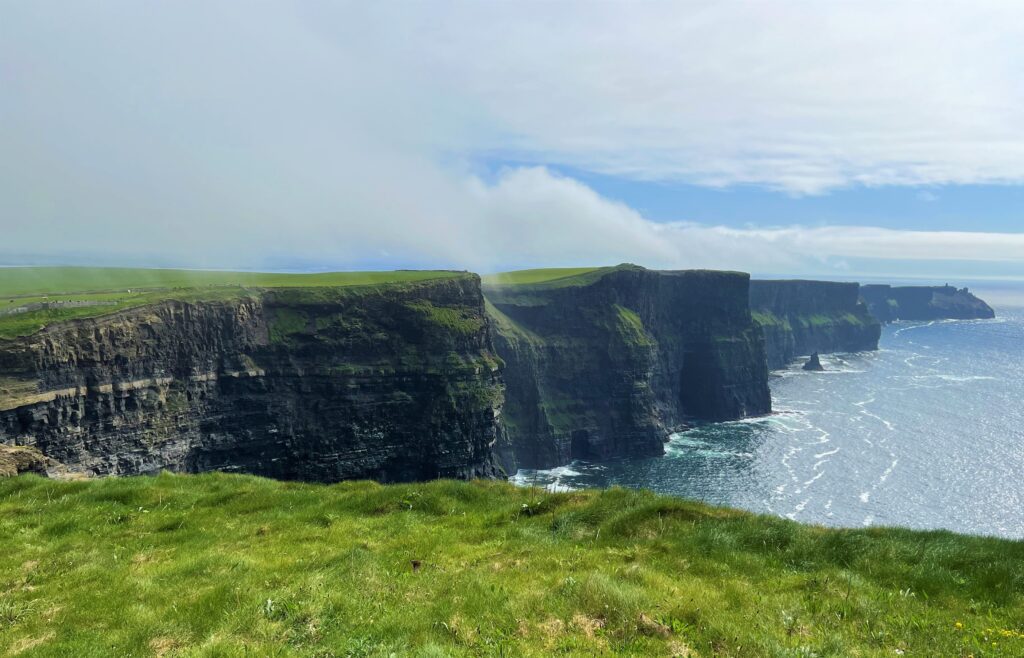
Cliffs of Moher
Perhaps the most striking site on the Wild Atlantic Way is the Cliffs of Moher, Standing 755 feet above the ground at their highest point and almost 5 miles long, the cliffs boast one of the most amazing views in Ireland. On a clear day, the Aran Islands are visible in Galway Bay as well as the valleys and hills of Connemara.
The Visitor’s Centre looks like Frodo Baggins home in the Lord of the Rings. This award-winning, eco-friendly building has wonderful interactive exhibits about the area’s geology, wildlife, and history. From the Visitor’s Centre, you can take the paved path to the Cliff Trail where you can see spectacular views in both directions. Most guides tell you to view the cliffs from the left path, but I highly recommend exploring both paths for the best views.
Another viewing opportunity is from O’Brien’s Tower. This 19th-century building was erected in 1835 and provides incredible panoramic views. Keep an eye out for seabirds, including puffins from April to July, and dolphins.

Dingle Peninsula
My favorite area along the Wild Atlantic Way is the Dingle Peninsula. Jutting out into the Atlantic Ocean, this area is located on Ireland’s westernmost point and offers tremendous views, prehistoric sites, and Gaelic culture. Explore the peninsula by driving clockwise on 24 mile circular Slea Head Drive from the town of Dingle. For a complete list of things to do in one day, see my post on Things to See & Do in the Dingle Peninsula.
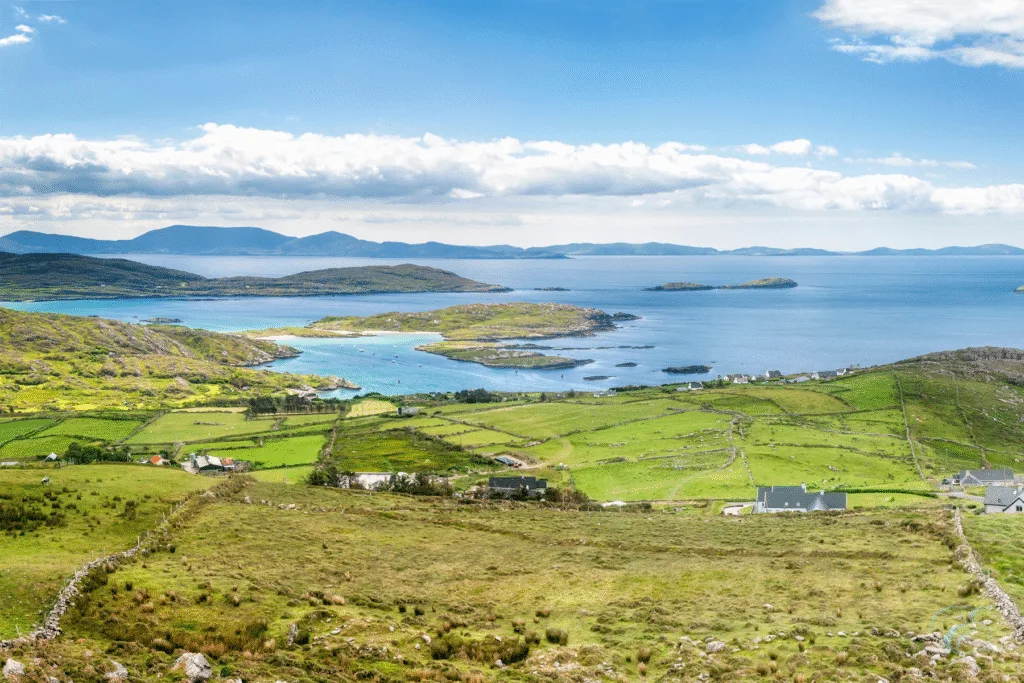
Ring of Kerry
The Wild Atlantic Way area that is on most Ireland tourists’ to-do lists is Ring of Kerry. This 111 mile circular route offers travelers what they came to Ireland to see. There are stunning emerald landscapes, seaside vistas, adorable little villages, fields dotted with wooly sheep, pubs filled with friendly locals, ancient ruins, and so much more. Check out my post on Things to See & Do on the Ring of Kerry to find out more!

Killarney
Last on our list of sites to see on the Wild Atlantic Way is Killarney. You will likely base your explorations of the Dingle Peninsula and Ring of Kerry from this charming town in County Kerry. The town is chockful of cute boutiques, cafes, and pubs.
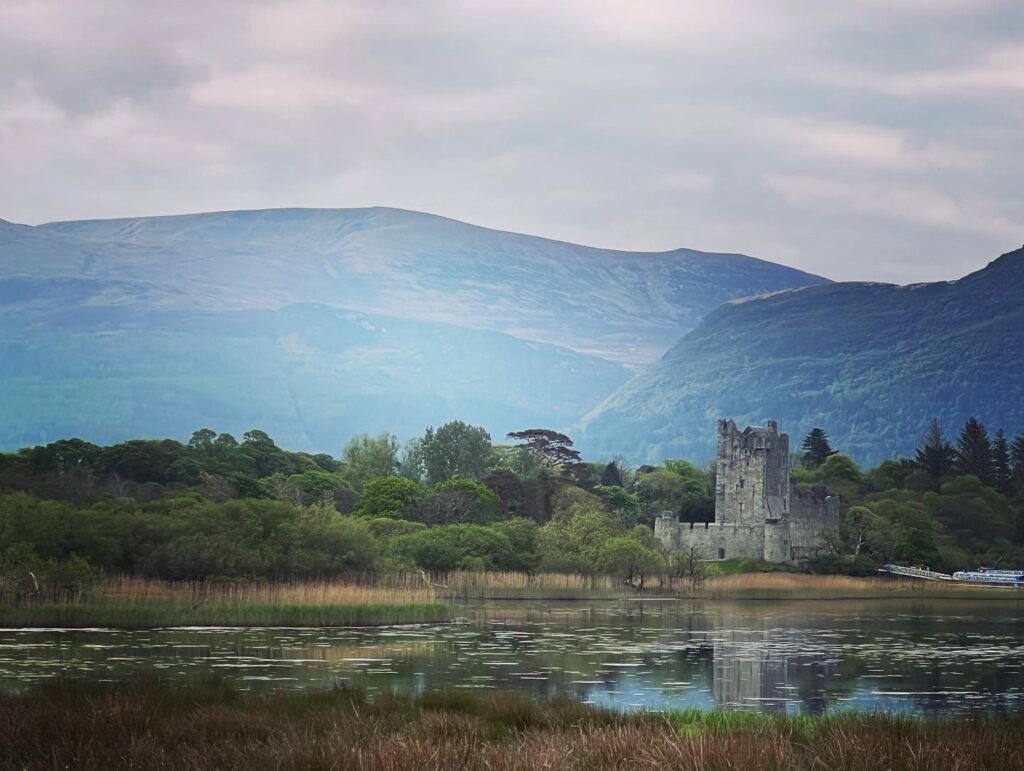
The town is located right by Killarney National Park. A great way to explore the park from Killarney is by taking a jaunting car ride to Ross Castle. This century old tradition is a staple of tourism in the city. A jaunting car is a horse-drawn carriage typically with side facing seats. The carriage driver AKA jarvey is a friendly local. As you trot down the streets of Killarney and into Killarney National Park, your jarvey will regale you with entertaining stories, jokes, the names of plants and animals you see, and local history.

Another great site in Killarney National Park is Muckross House & Gardens. This is a beautifully furnished 1840s manor house. You can tour the house to admire not only the stately rooms, but also the bathrooms and servants’ areas. Also take some time to explore the Traditional Farm complete with animals, poultry, farm dwellings, and a schoolhouse. Relax in the glorious gardens. Then explore craft workshops – there’s pottery, weaving, and bookbinding.
What’s on your Wild Atlantic Way itinerary?
Tell us below! You can also contact us and follow us on Facebook, Instagram and Pinterest so you never miss a post!

